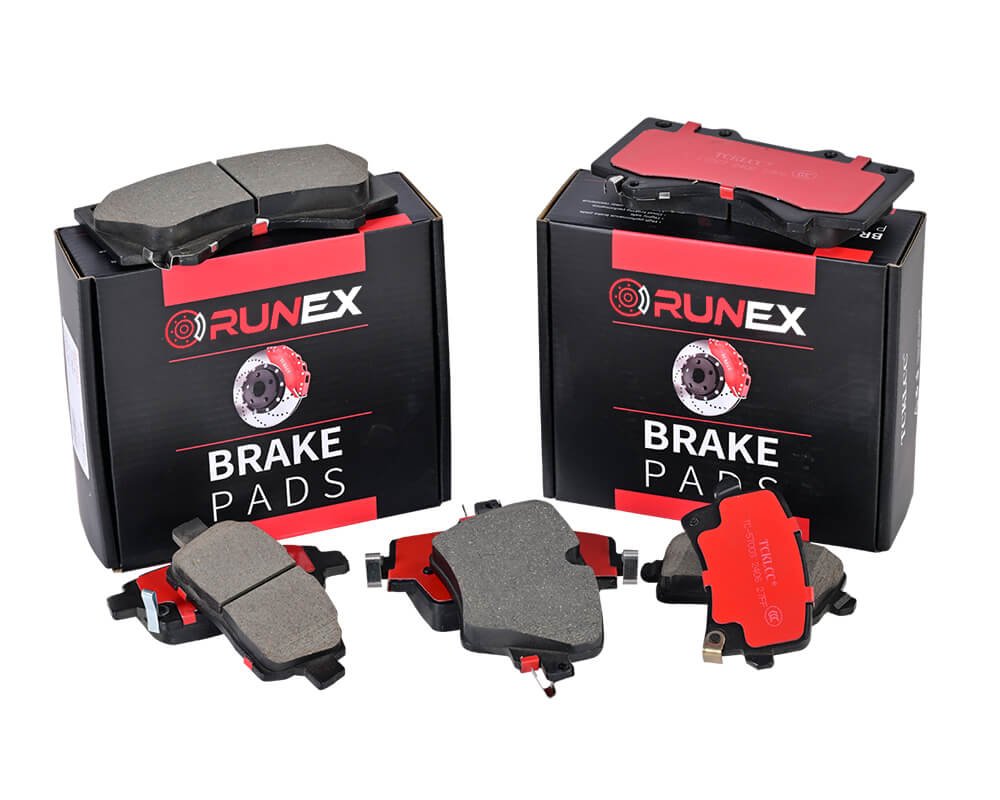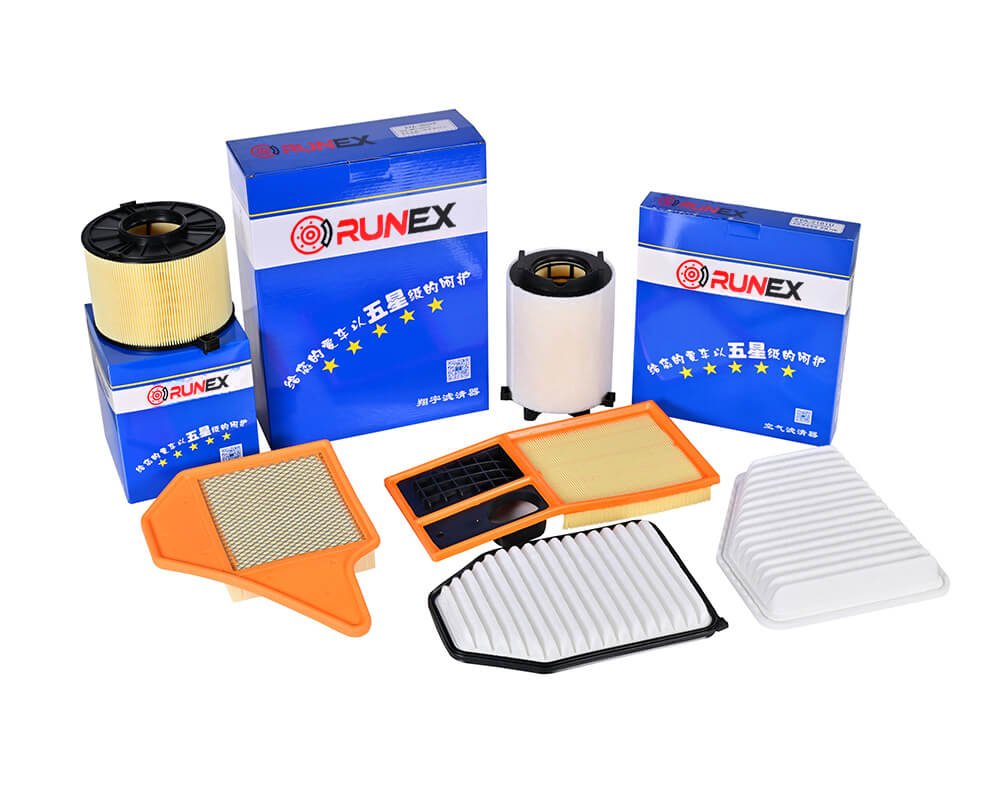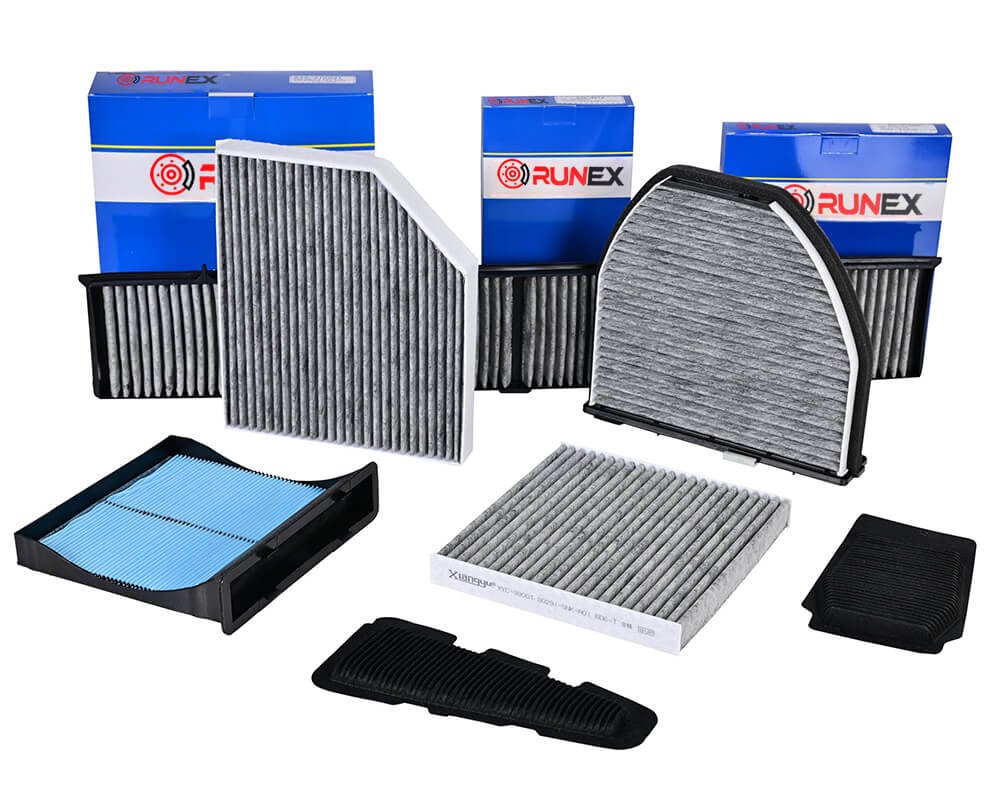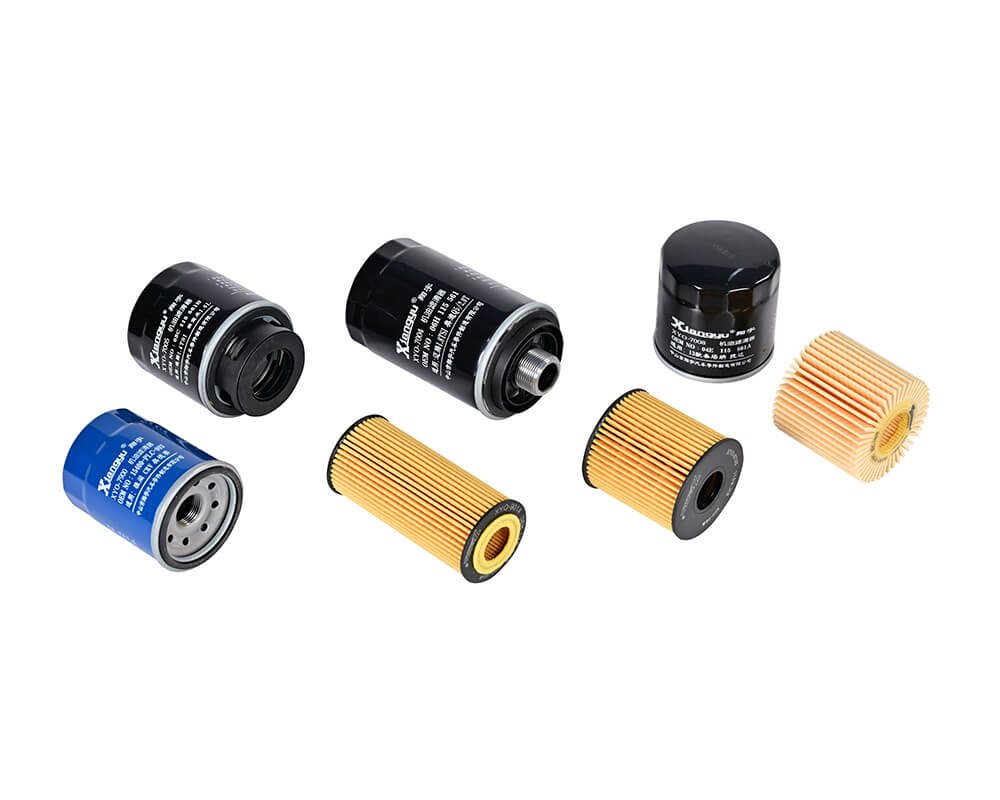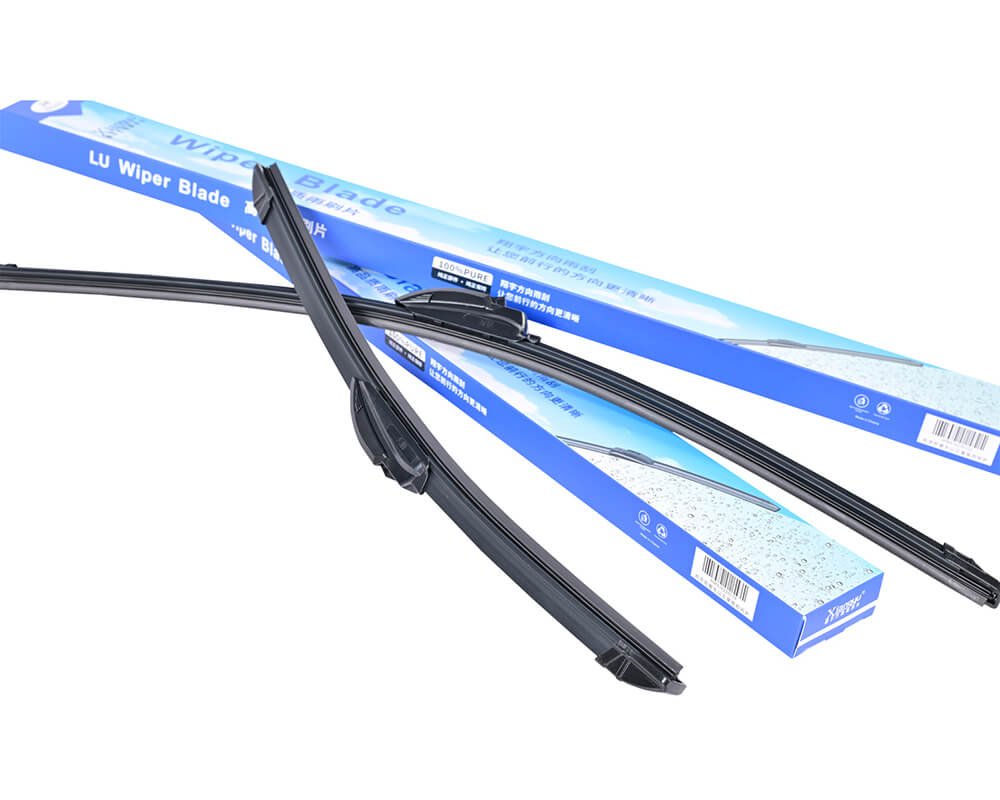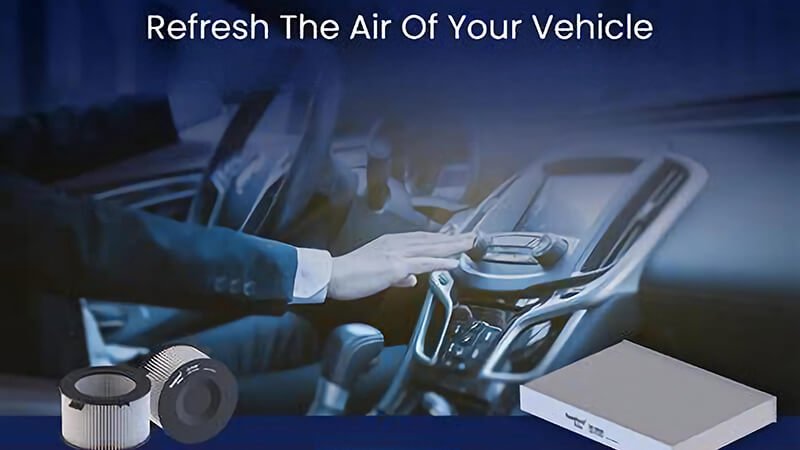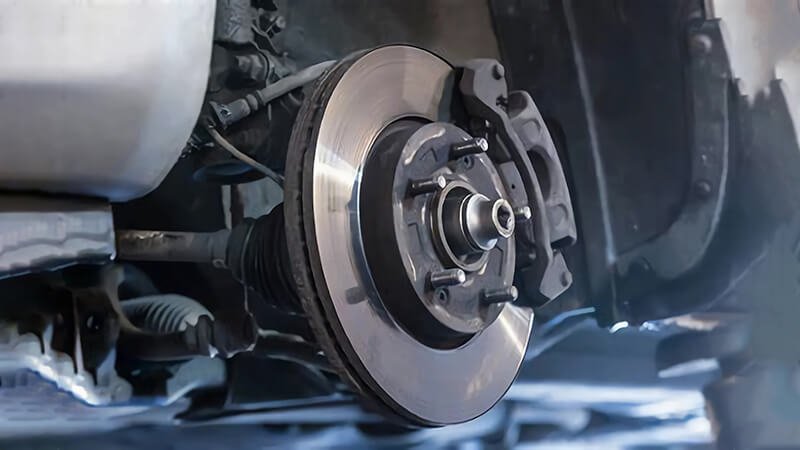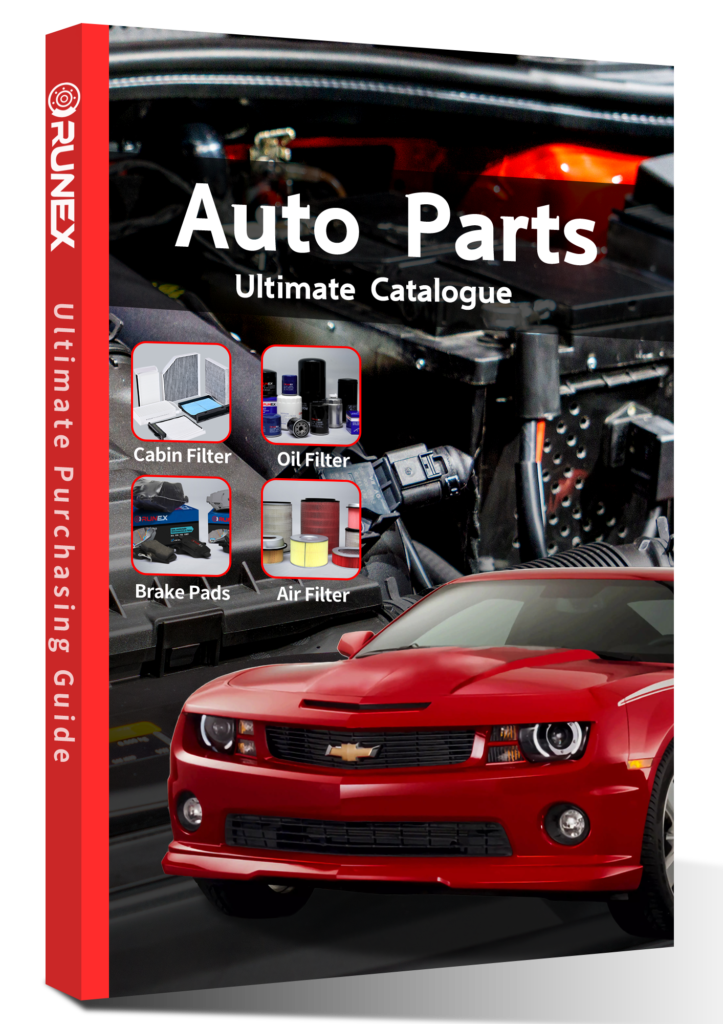I know the pain when an engine loses power after a fresh oil change. The cause is often a weak oil filter. The risk is wear, noise, and short service life. I solve this by choosing filters that trap more dirt, keep flow steady, and last longer.
The best automobile oil filter keeps oil clean longer, holds strong under heat and pressure, and keeps flow stable as it loads with debris. I look for high efficiency synthetic media, a solid bypass valve, strong can strength, and tight seal design. Runex Auto oil filters meet these points and hold their performance across varied engines.
I buy and test filters for real fleets and for my clients. I measure wear, oil life, and returns. I also look at cost per kilometer, not just unit price. In this guide, I explain how I judge oil filters. I show why Runex Auto oil filters fit strict needs for UK and EU buyers.

What are the best oil filters for automobiles?
Many drivers pick a filter by price or habit. Then they face low oil pressure or sludge. The problem is poor capture at small microns and weak flow when cold. I focus on filters that remove fine grit, resist collapse, and keep steady flow even in harsh starts and long drains.
The best oil filters use synthetic or blended media with high beta ratios, strong burst strength, and a stable bypass valve. I want at least 99% efficiency at 20–25 microns, silicone anti-drainback valves, and leak-proof gaskets. Runex Auto oil filters use multi-layer synthetic media, silicone valves, and steel end caps for steady protection across long intervals.
What “best” means in daily use
I define “best” with simple checks. The filter1 must keep engines clean through the full service interval. It must not starve the engine at cold start. It must not leak when the car sits overnight. It must hold shape under high delta pressure. It must also fit and seal like OEM.
I test filters on fleets and on test rigs. I track insolubles in oil analysis. I look at iron, aluminum, and silicon wear. I watch oil pressure curves at start and at load. I cut open filters to check pleat spacing, glue quality, and end cap strength. I do this because lab numbers can look good, yet field results can fail.
Runex Auto oil filters2 use multi-layer synthetic media that traps fine dust without choking flow. The beta ratio at 20–25 microns is high, which means reliable fine particle capture. The silicone anti-drainback valve stays flexible in cold weather, so the filter does not empty overnight. The bypass valve opens at the right pressure, so the engine does not starve when oil is thick. The can meets strict burst strength targets, which protects under high RPM and high temperature.
I also check value. Cost per kilometer matters more than unit price. If a filter supports longer intervals with stable wear, it wins. In my tests, Runex Auto filters keep wear metals low and pressure stable, so the total cost goes down.
Key selection factors and how Runex Auto aligns
| Factor | What I look for | Why it matters | Runex Auto spec |
|---|---|---|---|
| Media | Synthetic multi-layer | High capture, steady flow | Synthetic blend, high efficiency |
| Valve | Silicone ADBV | Cold start protection | Silicone, low set |
| Bypass | Calibrated spring | Prevents starvation | Stable set point |
| Can strength | >12–15 bar burst | Safety under load | Tested high burst |
| Gasket | NBR or Viton | Tight seal | Precision molded |

Are OEM oil filters the best?
Many people think OEM always means best. I understand this belief. OEM filters are safe for warranty and fit. But I see gaps. Some OEM filters use cellulose media and shorter service margins. Some aftermarket filters now beat OEM on efficiency and life.
OEM oil filters are safe and consistent, but they are not always the top for efficiency or extended drains. Quality aftermarket filters with synthetic media can match or exceed OEM performance. Runex Auto produces OEM and private label filters that meet or exceed OEM specs, with stronger media and better valves for long life.
OEM vs aftermarket: what I measure
I compare OEM and aftermarket on three things: filtration efficiency3, flow under load, and life under dirt load. Many OEM filters aim for standard intervals and cost control. They are safe choices for basic service. But fleets and performance users often want more. They want lower wear, longer drains, and steadier pressure.
Runex Auto builds to OEM drawings for some customers. We also build higher tier filters with upgraded media for distributors who want better results. In tests, synthetic media often outperforms cellulose-media OEM filters by capturing smaller particles while keeping flow up. The anti-drainback valve material matters too. Silicone holds shape and softness at heat and cold better than nitrile. That means fewer dry starts.
I also check bypass valve setting and repeatability. A bypass valve that opens too soon hurts filtration. One that opens too late risks oil starvation. Our factory tests bypass repeatability with calibrated rigs. We keep tight tolerances on springs and seats. This repeatability shows up as stable pressure across batches.
I saw a UK distributor fight repeat customer issues due to weak filters from a low-cost supplier. Engines showed higher iron and noisy starts. We moved them to a Runex Auto high-efficiency model with synthetic media4 and silicone valves. Complaints dropped. Wear numbers improved. Returns fell, and the distributor saw more repeat orders.
OEM vs aftermarket checklist
| Area | OEM typical | Premium aftermarket | Runex Auto approach |
|---|---|---|---|
| Media | Cellulose or blend | Synthetic/blend | Synthetic multi-layer |
| ADBV | Nitrile common | Silicone preferred | Silicone standard on key SKUs |
| Bypass | Good, cost-optimized | Tighter control | Calibrated, tested |
| Interval | Standard | Extended-capable | Extended-capable with data |
| Price | Higher in dealer | Competitive | Value per kilometer |
Who makes a premium oil filter?
A premium filter comes from a plant that lives by process control. It is not just a brand. It is tooling, media, glue, valve design, and QC. I visit plants. I ask to see burst tests, flow curves, and microscopy of captured particles.
Premium oil filters come from suppliers with strict QA, clean media handling, calibrated bypass valves, and verified burst and fatigue tests. Runex Auto makes premium filters for private labels and distributors, with certified lines, traceable batches, and test reports. We balance efficiency, flow, and life to protect modern engines.
How I spot a premium maker
I ask five things. What is the media spec and supplier? How do they control pleat spacing and depth? What is the valve material and seat design? How do they test burst, pressure drop, and bypass? How do they track parts and handle complaints?
Runex Auto5 keeps media in clean rooms to avoid fibers and dust. We use precision pleating to keep even spacing. We use steel end caps and strong adhesives. We fit silicone anti-drainback valves for key part numbers, and we choose nitrile for price-sensitive lines when needed. We set bypass valves with tight springs and test every lot. We log pressure drop at multiple flow rates with ISO 4548 style methods. We burst test cans to high bar limits to protect under severe conditions.
I also expect clear labeling, traceability codes6, and COAs per batch. I want PPAP-level documents for big programs. I need drawings, material data, and test reports. I want to see complaint handling steps and 8D reports when issues arise. This gives me trust that problems will not repeat.
Runex Auto builds for wholesalers who rebrand. We support custom printing, cartons, and barcodes. We keep stable lead times and hold safety stock for peak season. We offer sample lots for bench and field tests. We help with cross-reference catalogs. This support is part of what makes a supplier premium, not just the filter itself.
Premium maker scorecard
| Criterion | Evidence I ask for | Runex Auto proof |
|---|---|---|
| Media control | Supplier certs, storage rules | Clean-room handling, vetted suppliers |
| Pleat quality | Cut-open audits | Even pleats, resin control |
| Valve quality | Material certs | Silicone ADBV on key SKUs |
| Testing | ISO 4548 data, burst tests | Lab reports, lot testing |
| Traceability | Batch codes, COA | Full batch trace, 8D on issues |
| Support | Samples, cross-refs | Custom branding, stock plans |
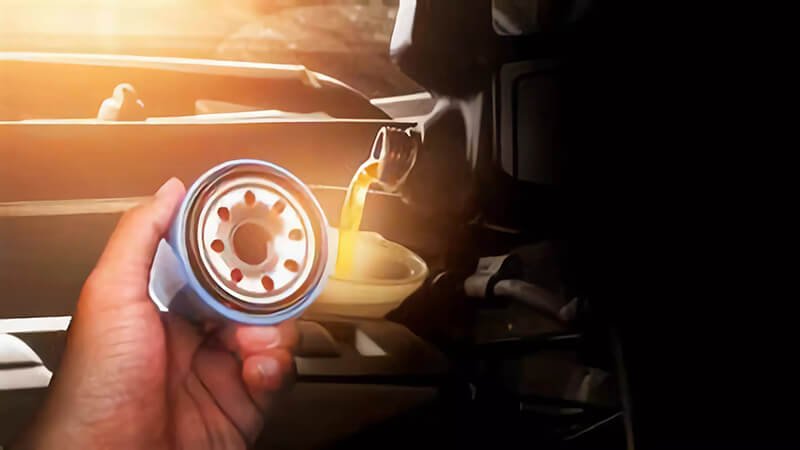
Which oil filter is best for full synthetic oil?
Full synthetic oil flows fast at cold start and stays stable at heat. It needs a filter that keeps up. If the media is weak, it can collapse. If the bypass is wrong, the engine can starve or run unfiltered oil.
For full synthetic oil, use a filter with synthetic multi-layer media, strong glue and end caps, silicone anti-drainback valves, and a precise bypass setting. Runex Auto designs filters to match the flow and viscosity range of full synthetics, so the engine gets clean oil fast and stays protected over long intervals.
Why synthetic oil changes the filter choice
Synthetic oil has strong cold flow. It also holds up under heat and shear. The filter must handle both. Cold flow can push the bypass valve open if the media is too tight or the valve is set poorly. High heat can soften cheap valves and gaskets. A good filter balances efficiency and flow and keeps the seal tight.
Runex Auto uses multi-layer synthetic media that filters to fine levels while keeping pressure drop in check. This means less chance of bypass at start-up. Our silicone anti-drainback valves do not harden in cold and do not sag at heat. This keeps the filter full overnight and ready. Our end caps and adhesives resist hot oil. The can stands up to high pressure spikes. We also tune the bypass valve to the engine spec so it opens only when it should.
I run full synthetic in test fleets with extended intervals where allowed by the OEM7. I pair it with the Runex Auto high-efficiency filter8 line. Oil analysis shows stable wear metals and low insolubles at 10,000 miles where the engine and duty cycle allow. Pressure stays stable. Starts are quiet. This pairing builds trust with drivers and cuts service stops.
Filter features for full synthetic oil
| Feature | Target spec | Runex Auto design |
|---|---|---|
| Media | High efficiency, low ΔP | Synthetic multi-layer |
| ADBV | Silicone | Silicone standard on premium |
| Bypass | Engine-matched set point | Calibrated spring, tested |
| End caps | Steel, strong adhesive | Steel caps, heat-resistant glue |
| Can | High burst pressure | Thick can, tested per batch |
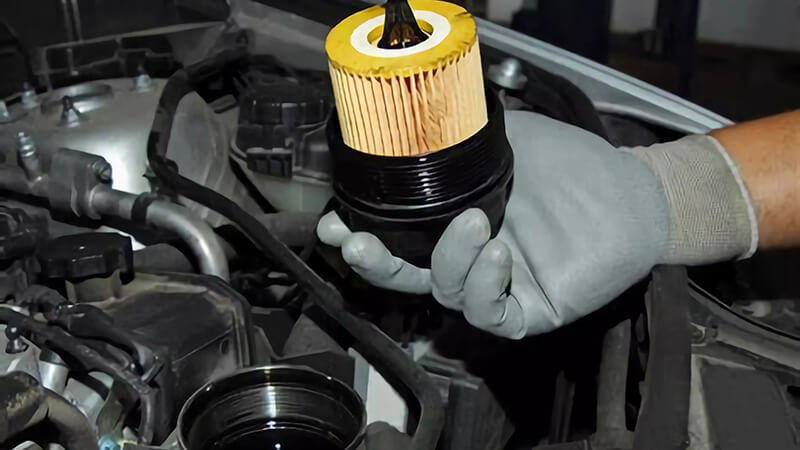
How to choose the best oil filter?
I choose with a simple method. I match the engine, the oil, the climate, and the service goal. I then check media, valves, can strength, and test data. I ask for sample filters and I cut them open after use. This shows the truth.
To choose the best oil filter, match your engine spec and service interval, then check filtration efficiency, flow at cold start, valve materials, bypass setting, and burst strength. Ask for test data and try samples. Runex Auto offers test reports, samples, and support to help you validate fit, flow, and life in your own fleet.
My simple step-by-step method
I start with the vehicle and engine code. I confirm the correct part number. I check clearance and thread or cartridge dimensions. I check gasket OD and sealing surface. Fit comes first. A great filter that does not fit is no use.
Next, I ask about oil type and target interval. If a fleet runs full synthetic and wants longer intervals, I pick a high-efficiency Runex Auto filter9 with synthetic media and silicone valves. If the climate is very cold, I want proven low-temperature flow and a soft silicone anti-drainback valve. If the duty is dusty or severe, I check dirt-holding capacity numbers and I plan a conservative interval.
I then ask the supplier for test data. I want ISO 4548 efficiency curves10 and pressure drop at several flow rates. I want burst strength results and bypass valve calibration records. I want to know the media supplier and the valve materials. I also ask for a few samples to test in the field. I run them for a full interval. I take oil samples at mid and end points. I look at wear metals and insolubles. I cut the filters open to inspect pleats, end caps, and clog pattern.
Runex Auto supports this process. We share data, we ship samples, and we hold safety stock. We also support private label printing and unique SKUs. We help set packaging that protects threads and gaskets in transit. We reply fast with cross-reference help. This makes the choice simple, and it reduces risk during peak season.
Practical checklist you can use today
| Step | What to check | Target | Runex Auto support |
|---|---|---|---|
| Fit | Part number, seal, thread | Exact match | Cross-ref and drawings |
| Media | Efficiency and ΔP | 99% @ 20–25 μm, low ΔP | Test report |
| ADBV | Material | Silicone for premium | Material certs |
| Bypass | Set point | Per engine spec | Calibration data |
| Can | Burst strength | High safety margin | Batch tests |
| Field test | Oil analysis | Low wear, low insolubles | Sample support |
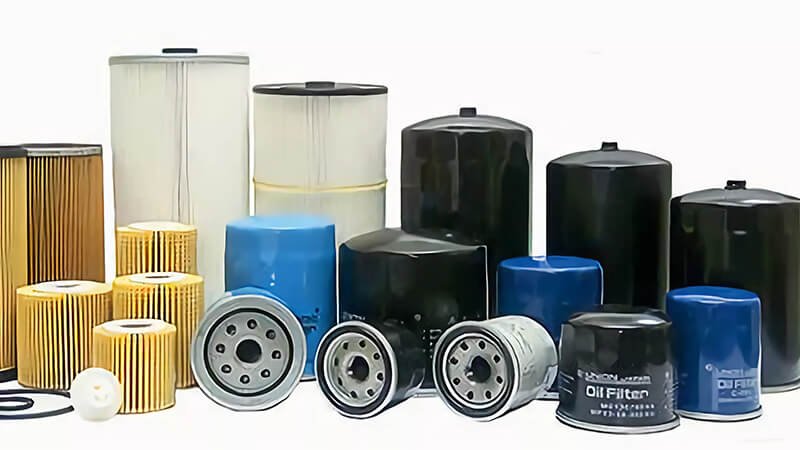
Conclusion
The best oil filter11 is the one that fits your engine and service goal, then keeps oil clean with steady flow for the full interval. I look for synthetic media, silicone valves, a strong can, and a precise bypass. Runex Auto builds filters to these needs, and we back them with data, samples, and steady support. This lowers wear, cuts complaints, and lifts customer trust over time.
-
Discover how the right oil filter can enhance engine performance and longevity, ensuring your vehicle runs smoothly and efficiently. ↩
-
Explore the advantages of Runex Auto oil filters, known for their high efficiency and reliable performance in various conditions. ↩
-
Understanding filtration efficiency is crucial for selecting the right filter, ensuring optimal engine performance and longevity. ↩
-
Exploring the advantages of synthetic media can help you make informed choices for better filtration and engine protection. ↩
-
Discover why Runex Auto is considered a premium manufacturer, focusing on their quality control, testing, and customer support that ensure reliability. ↩
-
Traceability codes enhance transparency and accountability in the supply chain. Discover how they can benefit your operations. ↩
-
Understanding OEM helps clarify why following their guidelines for oil and filter use is crucial for vehicle performance and warranty. ↩
-
Discover the advantages of high-efficiency filters and how they can improve your vehicle's oil filtration system. ↩
-
Explore the advantages of Runex Auto filters, including efficiency and durability, to enhance your vehicle's performance. ↩
-
Understanding ISO 4548 efficiency curves can help you choose the right oil filter for optimal engine protection. ↩
-
Finding the best auto oil filters from Runex Auto. ↩



